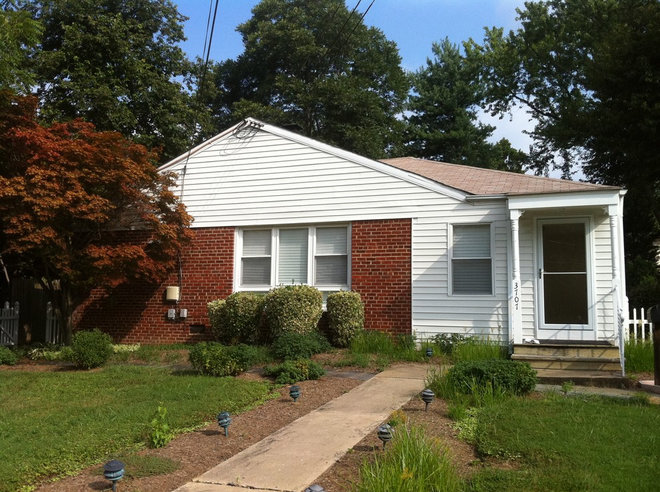 “Rent is so high they can’t even afford a car,” a partner at Patterson and Sheridan told The New York Times.Justin Sullivan/Getty Images
“Rent is so high they can’t even afford a car,” a partner at Patterson and Sheridan told The New York Times.Justin Sullivan/Getty Images
- San Francisco’s median rent is $4,450, nearly three times that in Houston.
- Instead of hiring expensive talent in the Bay Area, one Houston-based law firm flies its lawyers in on a private jet once a month to meet with clients.
- The firm uses the jet — which costs $2,500 an hour to operate — as a tool for recruiting top talent.
Rent and home prices in the Bay Area are so high that one Houston-based law firm is using an alternative to hiring expensive local talent: a private jet.
Patterson and Sheridan, an intellectual-property law firm headquartered in Houston, bought a nine-seat plane to shuttle its patent lawyers to clients in the Bay Area once a month.
Though the jet cost $3 million, the Houston Chronicle’s L.M. Sixel reports, it’s cheaper than hiring local lawyers, and even less expensive than relocating the Texas lawyers with business in Silicon Valley to the area.
“The young people that we want to hire out there have high expectations that are hard to meet,” Bruce Patterson, a partner at the firm, told The New York Times. “Rent is so high they can’t even afford a car.”
According to Zillow, the median rent in San Francisco is $4,450, while the median home price is just under $1.2 million. Rent in San Jose, a nearby city popular among Silicon Valley workers, while lower, is still more than double the median rent in Houston.
Each flight for the firm costs about $1,900 a passenger — adding up to $2,500 an hour in operating costs — but since the lawyers are working in-flight, the three-to-four-hour ride is billable, the Chronicle described Todd Patterson, a managing partner, as saying. Plus, private flights protect any confidential work and save the firm’s lawyers about 36 collective hours they would spend arriving early, waiting in security, and checking bags on a commercial flight.
The firm says it’s “still able to offer companies and inventors lower costs because most of the patent work is done in Houston, where commercial real estate is 43% cheaper, salaries 52% lower, and competition for technical talent far less fierce,” according to Sixel, who rode on the jet last summer while reporting the story.
“We fly it full,” Patterson said. “It’s not a luxury item.”
It’s also “a selling point to recruit young lawyers” who want to work with top tech companies but can’t afford Silicon Valley’s cost of living, Sixel reported. The firm’s frequent visits to California have also brought in new clients including Intuit, Western Digital, and Cavendish Kinetics.
Perhaps some companies looking for talent in Los Angeles, Silicon Valley’s neighbor to the south, could benefit from this strategy.
A report from the University of Southern California and the Los Angeles Business Council published earlier this year found that exorbitant housing costs in Los Angeles were inhibiting employers from attracting “high performers” or top talent to their companies.
About 60% of the employers surveyed said Los Angeles’ high cost of living affects employee retention, with 75% naming housing costs as a specific concern. And nearly all said they viewed high housing costs as a barrier to hiring new mid- and upper-level employees.














 NAHB’s previous
NAHB’s previous  In comparison, during that time, disposable income per capita in the U.S. increased by 14.4 percent. In other words, the cost of regulation in the price of a new home is rising more than twice as fast as the average American’s ability to pay for it.
In comparison, during that time, disposable income per capita in the U.S. increased by 14.4 percent. In other words, the cost of regulation in the price of a new home is rising more than twice as fast as the average American’s ability to pay for it.






